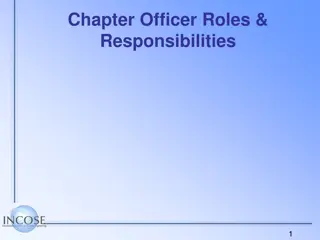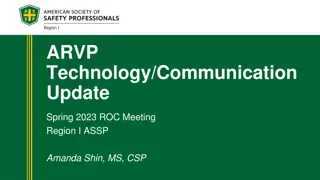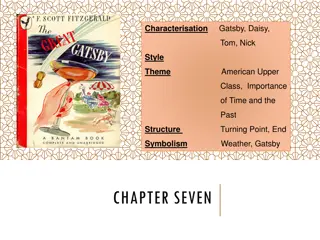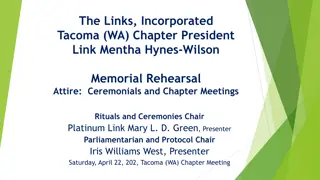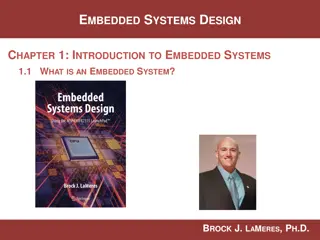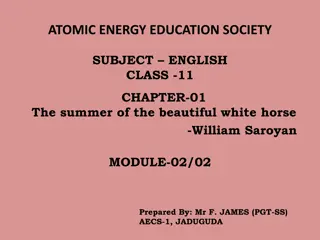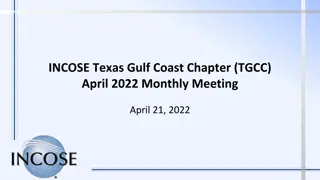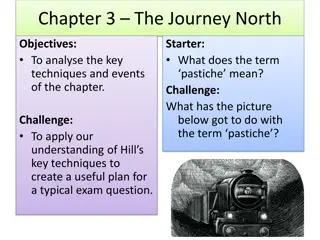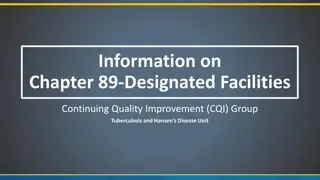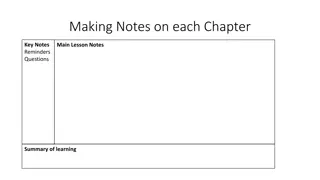The Evolution of American Governance
Explore the foundational principles leading to the American Constitution, highlighting key factors such as independence, natural rights, grievances against British rule, and the shortcomings of the Articles of Confederation. The visual content illustrates the journey towards a more effective system of governance through the Declaration of Independence and the desires of the revolution, culminating in the establishment of a government based on consent and limited by a written constitution.
Download Presentation

Please find below an Image/Link to download the presentation.
The content on the website is provided AS IS for your information and personal use only. It may not be sold, licensed, or shared on other websites without obtaining consent from the author.If you encounter any issues during the download, it is possible that the publisher has removed the file from their server.
You are allowed to download the files provided on this website for personal or commercial use, subject to the condition that they are used lawfully. All files are the property of their respective owners.
The content on the website is provided AS IS for your information and personal use only. It may not be sold, licensed, or shared on other websites without obtaining consent from the author.
E N D
Presentation Transcript
The American System The Constitution: Chapter 2
1. Independent Judiciary 2. No Quartering Troops in Private Homes 3. Freedom of Trade Traditional Liberties
4. No Taxation without Representation 5. Loss of Trust in English Law Protecting Colonial Rights and Liberties Traditional Liberties
GREED CORRUPTION POWER AMBITION The Colonial Mindset
RIGHTS Natural Law Natural Rights LIFE LIBERTY PROPERTY Pursuit of Happiness Colonial Mindset
Government Based on the Consent of the Governed Limits on Government by a Written Constitution Desires of the Revolution
Dominant Branch The Only Branch (Partially) Elected by the People Desires of the Revolution
Could not raise revenue via taxes Could not control commerce Between states International The United States was NOT sovereign Each state was sovereign The central government was subordinate to the states Problems of The Articles of Confederation
Voting Rules One for each state no matter how populated 9 out of the 13 (~70%) for basic laws 13 out of the 13 (100%) for any amendments Selection of Delegates By state legislatures NOT by the people! Problems of The Articles of Confederation
Tiny National Army State Militias Conflict between States Yankee -Pennamite Wars Resolved: 1799 Virginia-Pennsylvania Border Disputes Land Reorganized: 1788 Problems of The Articles of Confederation
Fix The Articles Can t be Fixed Scrap Them! 1. Not what the convention was called to do 2. A power grab? 3. Revolution? The Constitutional Convention
A Balancing Act! STRENGTH to preserve ORDER WEAKNESS to preserve LIBERTY The Constitutional Convention
The Virginia Plan 1. Strong National Government 2. Bicameral Legislature *One house elected by the people (population?) 3. Favored Large States * National Legislature is Supreme The New Jersey Plan 1. From fear of Large State domination in legislature 2. Amend Articles; not replace them 3. Keep representation equal for all states, big or small The Constitutional Convention
The Great Compromise The Connecticut Plan House of Representatives Based on Population Large state plan The Senate Based on equal state vote Two per state Small state plan The Constitutional Convention
The nation is too big for PURE democracy Beware popular passions A REPUBLIC would be better! The Constitutional Convention
Reign in the Masses Senate = elected by state legislators President = elected by electors Bicameral Legislature eases (placates?) public tensions House allows for popular sovereignty while Senate allows for control Judicial Review Later established Rule of Law, not knee jerk reactions of the people Slow Legislative Process = THINK TIME Laws Amendments The Constitutional Convention
How to keep the government from getting too strong? Separation of Powers Federalism + with checks and balances! The Constitutional Convention
Powers Enumerated National Government ONLY CLEARLY stated in The Constitution Reserved State Governments ONLY If not given to the National Government, it s the State Governments responsibilities 10th Amendment Concurrent Shared between states and national governments The Constitutional Convention
Ratification By state conventions Only need 9 states to ratify ILLEGAL! Articles of Confederation was still the supreme law of the national government Articles of Confederation call for ALL states to ratify The Constitutional Convention
For the cause of LIBERTY! Did this document provide enough protection? Anti-Federalists Small republics ALONE can secure individual liberties History shows that strong central governments attack individual liberties Federalists Large extended republics COULD secure liberties They create coalitions from all over Link diverse interests for short periods Alliances will shift based on topics Distances power from the passions of the people The Ratification Debate
Lets put in a BILL OF RIGHTS! NO Rights are in the Constitution States have their own bills of rights The government can not do more than what is IN the Constitution YES Anti-Federalists are demanding it No Bill; No Constitution! The Ratification Debate
Slavery Only mentioned THREE TIMES Counting Population For Representatives in the House 3/5 Compromise Slave trade guaranteed until 1808 (at least) Fugitive Slave Clause If not included South would not have ratified The Constitution would be D.O.A. Civil War is inevitable The Ratification Debate
At the CONVENTION Economic Interests Diverse backgrounds of Founding Fathers Farmers Merchants No evidence of personal interests in final document State interests outweighed personal interests Slave holders The exception to the rule Protect slavery Minimize federal interference with the practice Motives of our Founding Fathers
At the STATE CONVENTIONS Much greater role Pro-ratification Merchants Urban Large western land Those owed money by the government Non-slave holders holders Anti-ratification Farmers Slave holders Those not owed money by the government Motives of our Founding Fathers
The government is TOO WEAK to protect social equality Modern view Cannot resist pressures of special interests Monday Morning Quarterbacking Founders goal Concerned with POLITICAL equality Less concerned about ECONOMIC equality The Constitution and Equality
Strengthen Office of the President While Making It MORE Accountable to the Voters Allow Congressmen in Cabinet Allow President to Dissolve Congress and Call for Special Elections Allow Congress to Call for Special Presidential Recall Election Require President and Congressmen to Run as a Team in Each District Extend Presidential Term 6 years No Re-election Extend Representative Terms to Match Presidential Term (Sounds more like a parliamentarian system rather than like a presidential system to me) Reform Movements
Reducing Separation of Powers Urgent problems Too long to solve Subject to gridlock Executive agencies are too exposed to Legislative meddling! PROBLEM: No way to tell if reform will be better or worse than what we have now! Reform Movements



